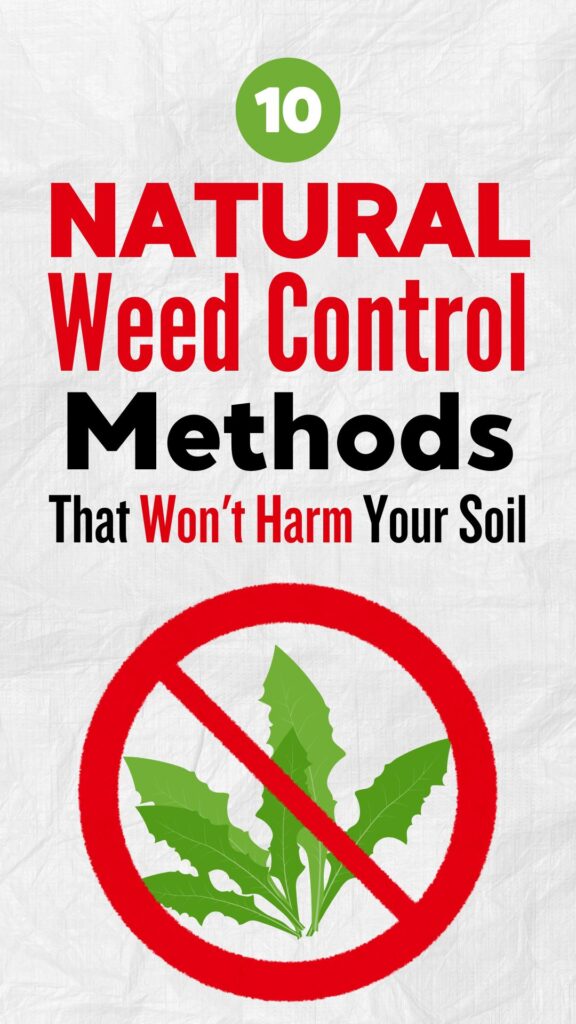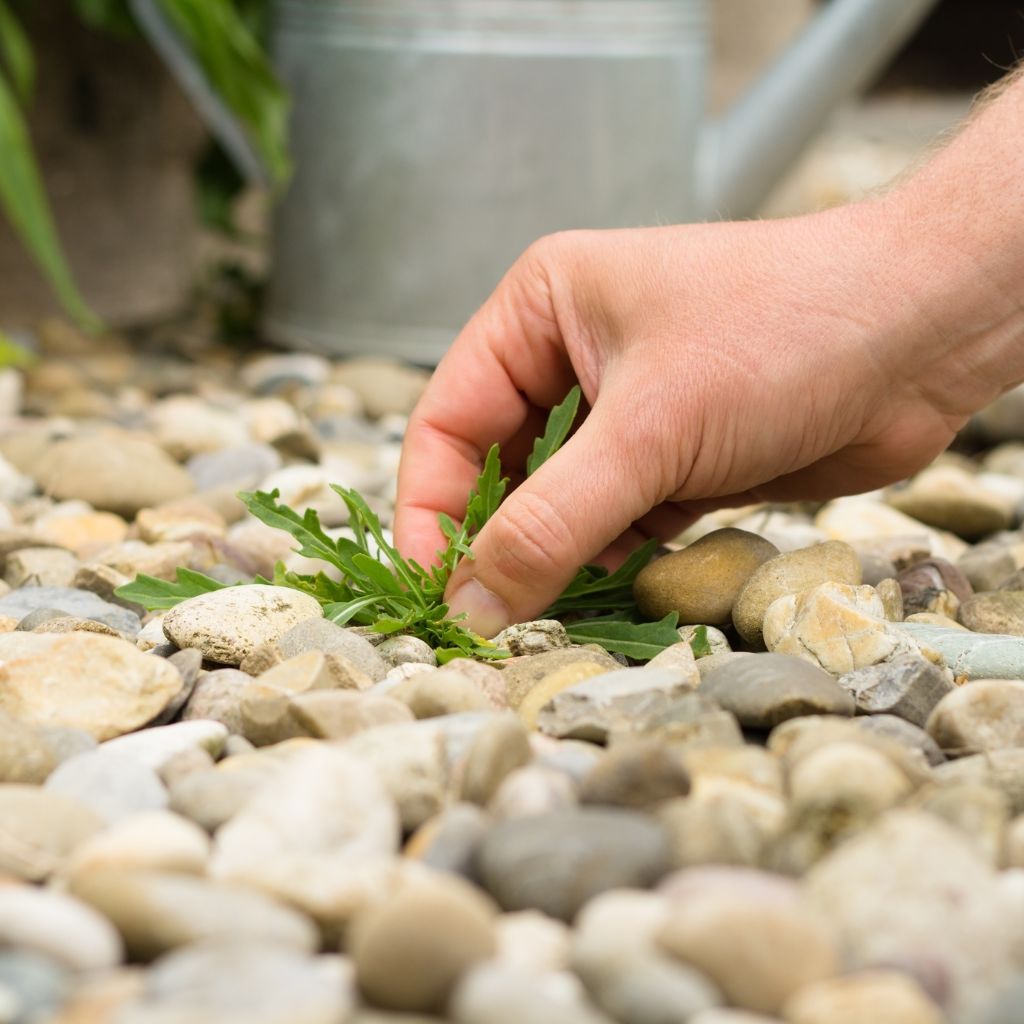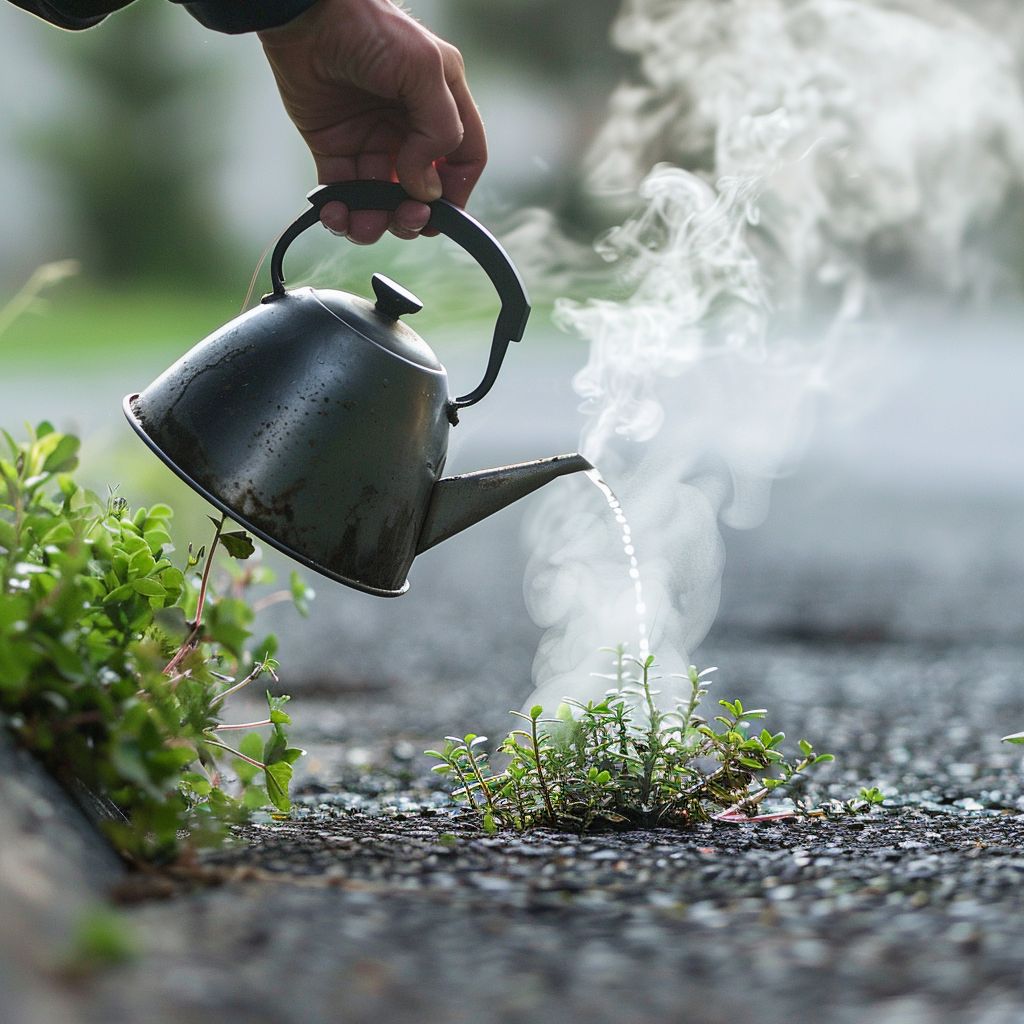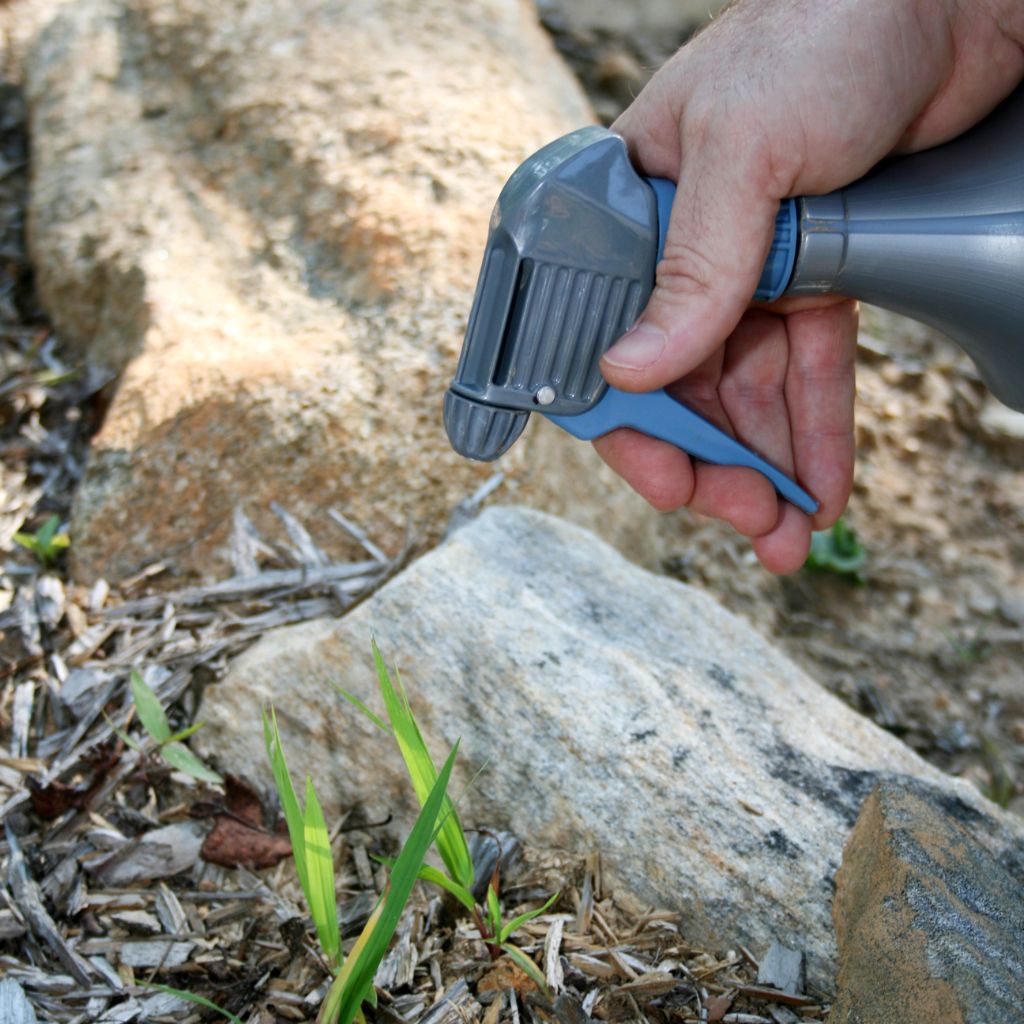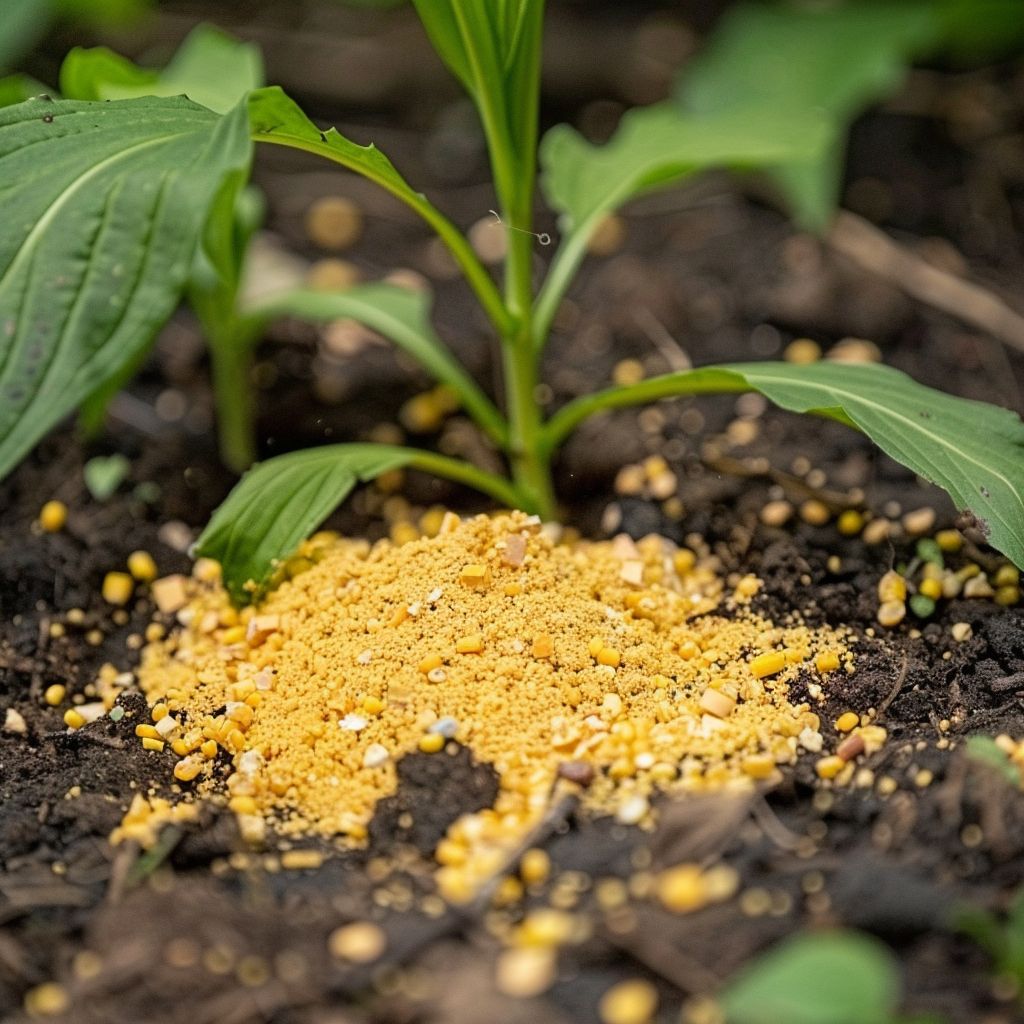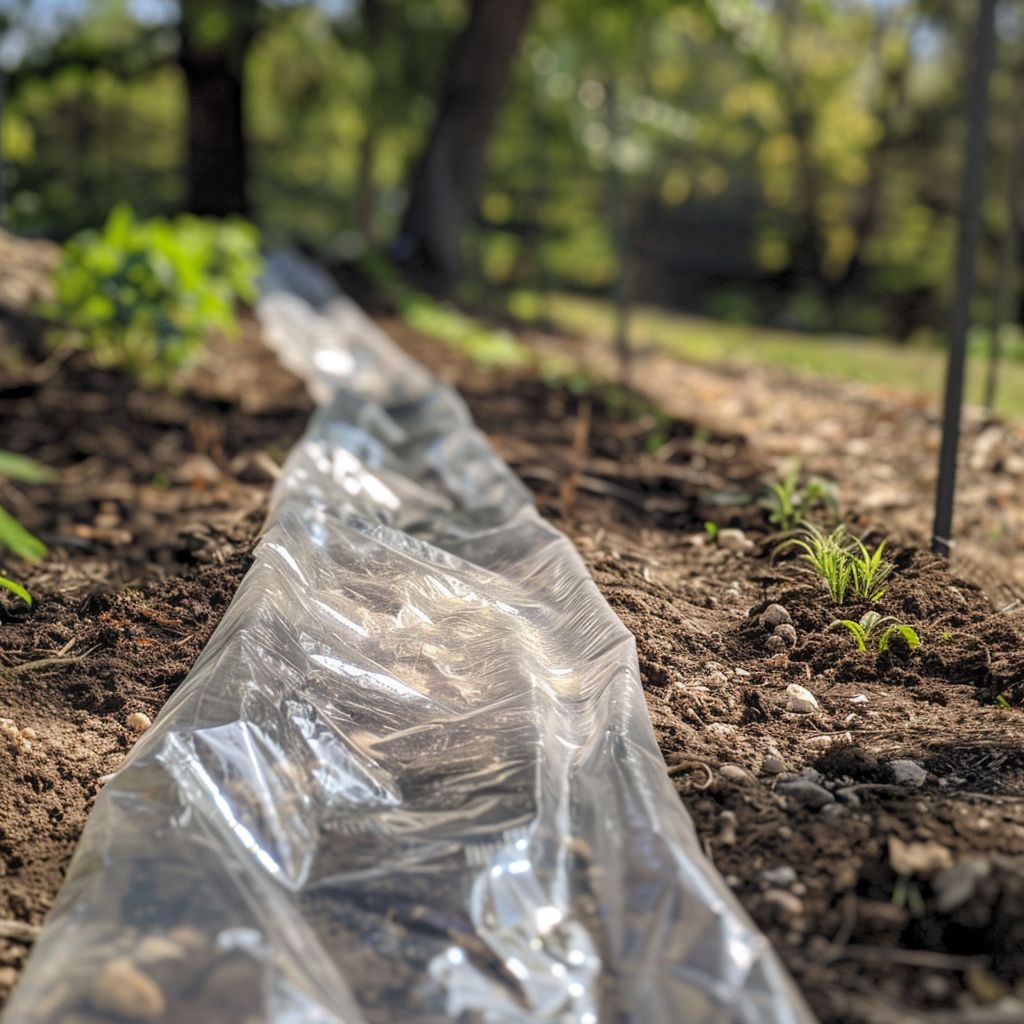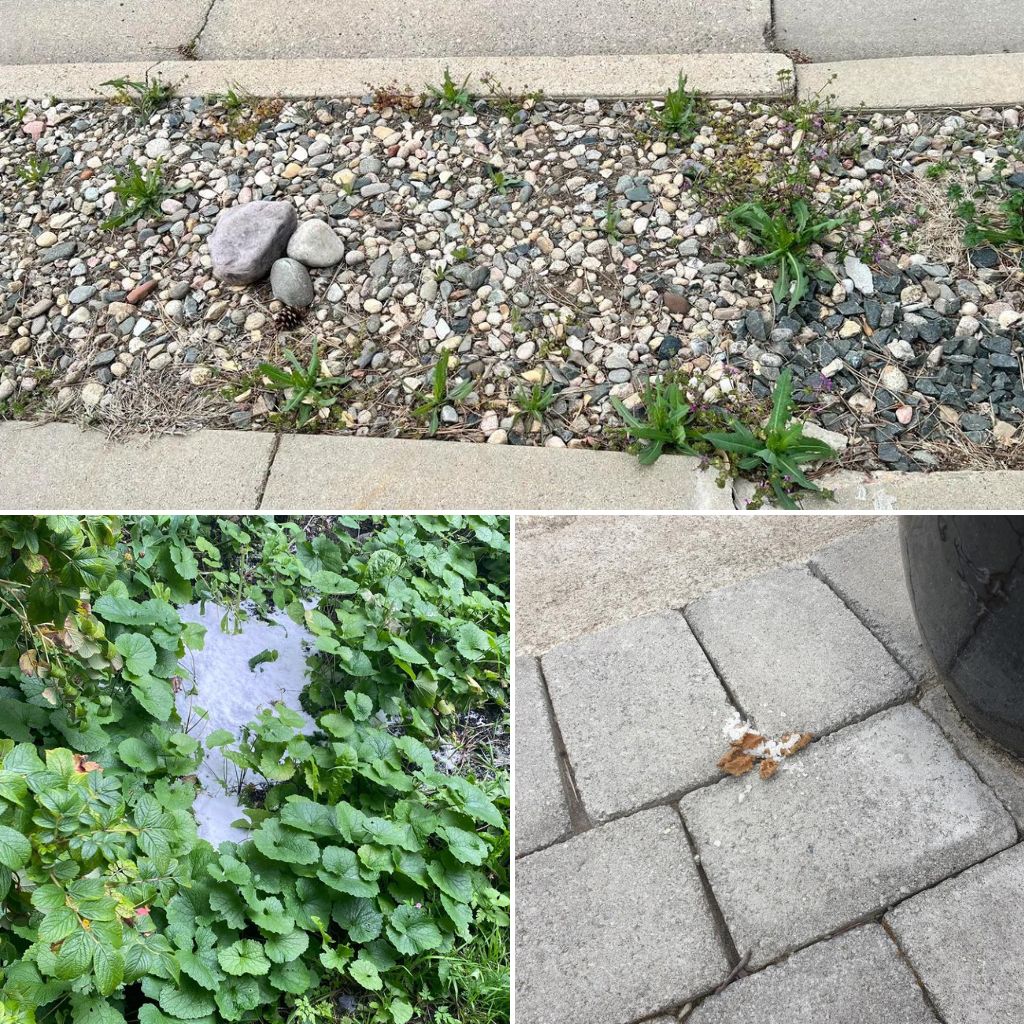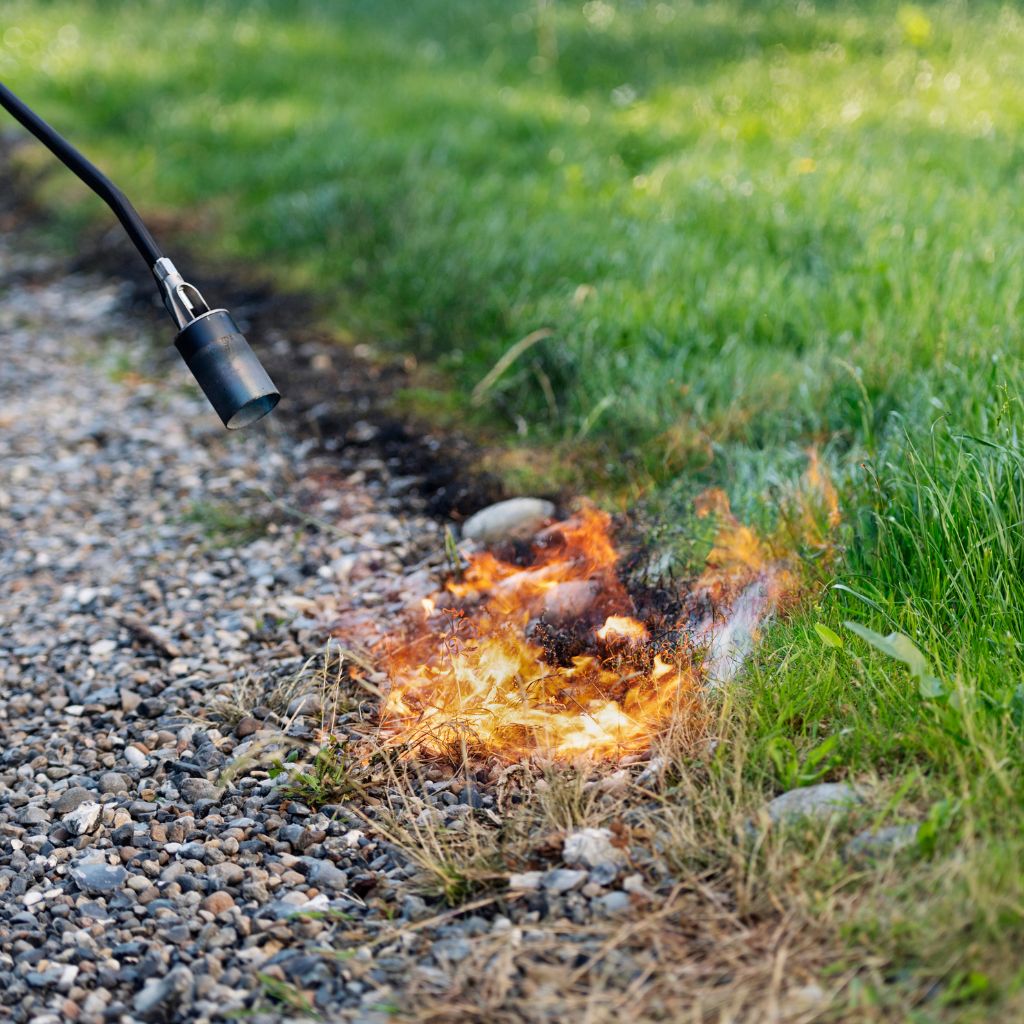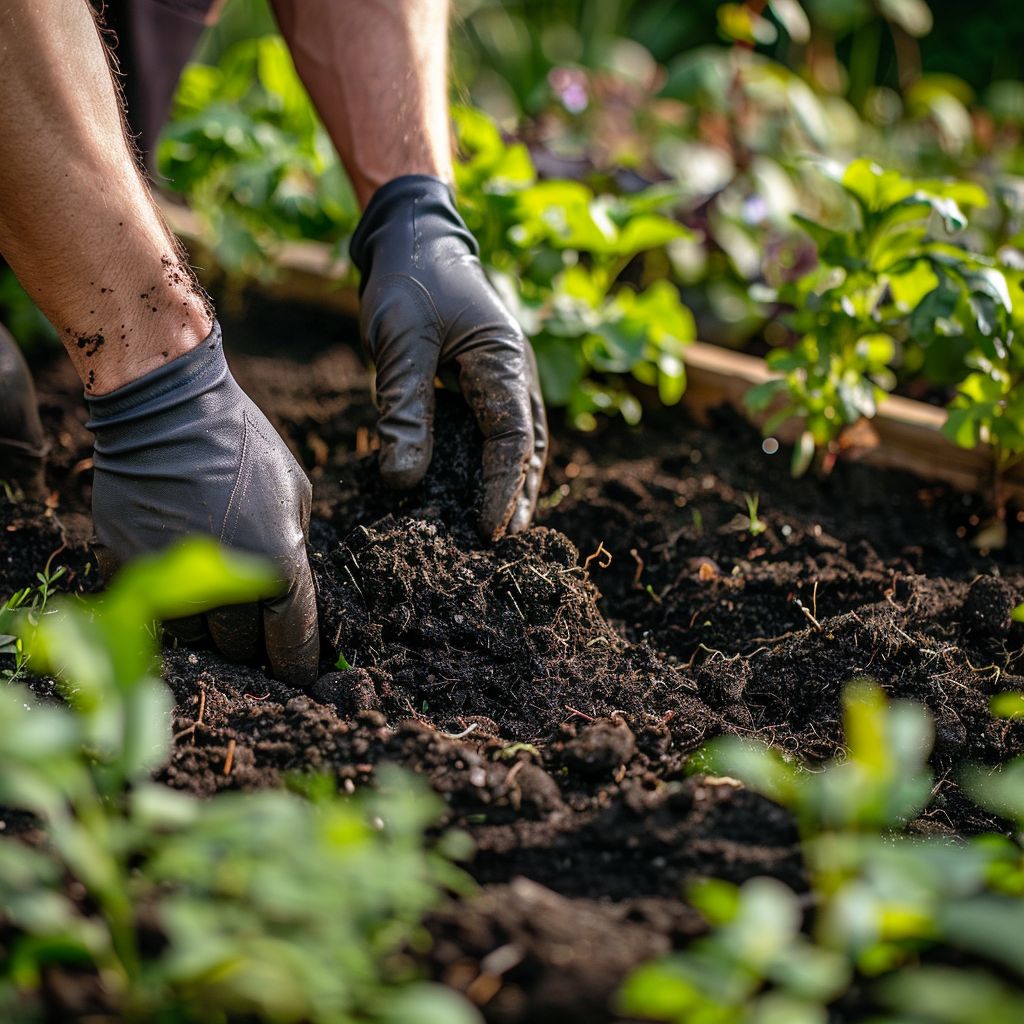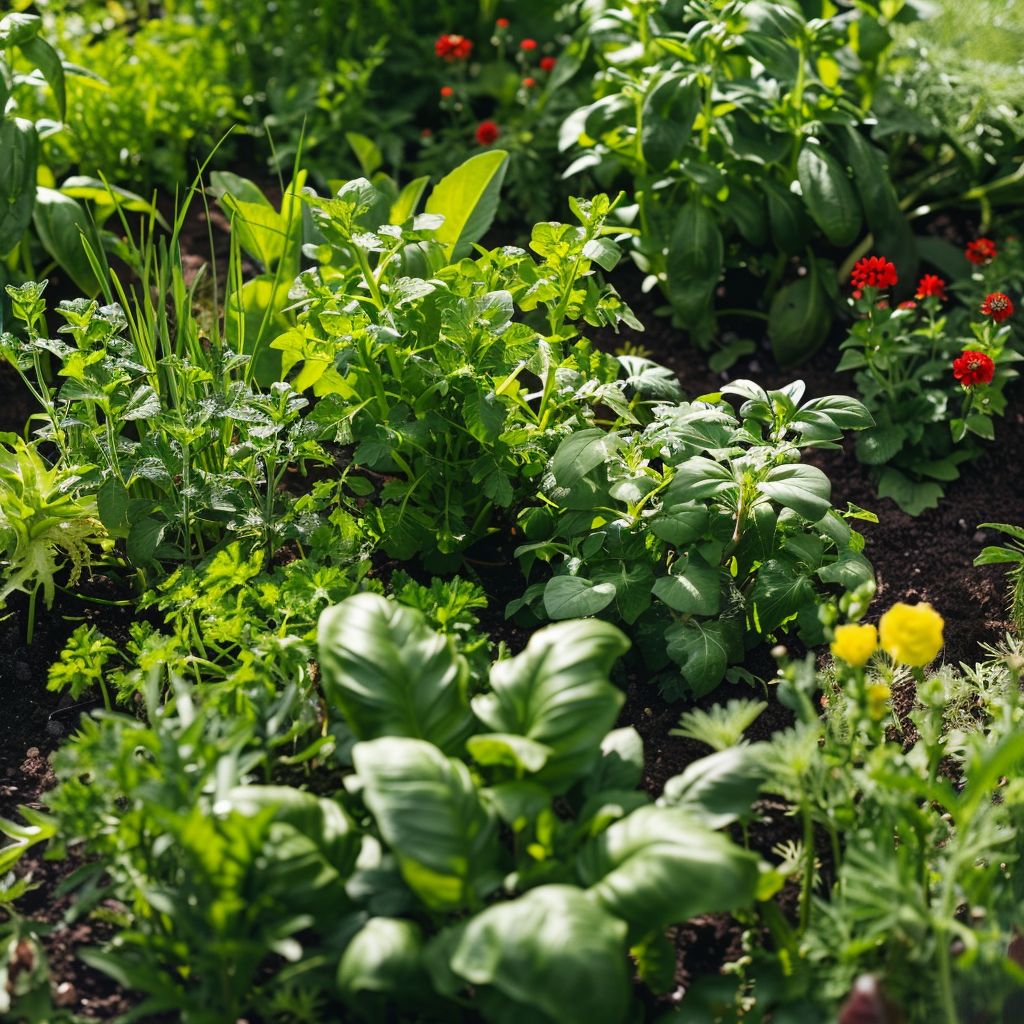Gardening can be incredibly rewarding, but dealing with weeds is often the bane of any gardener’s existence.
While commercial herbicides offer a quick fix, they come with environmental and health risks. Instead, consider these natural weed control methods that are effective and safe for your soil and plants.
Understanding Soil Health
Soil is a living ecosystem that is home to millions of microorganisms that play a vital role in maintaining soil health.
These microorganisms help break down organic matter, release nutrients, and improve soil structure. In addition, they also help in preventing soil erosion, retaining water, and regulating the soil’s pH levels.
Soil health is crucial for the growth of healthy plants, and it is essential to maintain the balance of the soil ecosystem. The use of chemical weed killers can have a detrimental effect on the soil ecosystem, killing off beneficial microorganisms and disrupting the balance of the soil.
Effects of Chemical Weed Killers
Chemical weed killers can contaminate the soil, causing long-term damage to the soil’s health. They can also affect the growth of plants, making them more susceptible to disease and pests.
In addition, chemical weed killers can harm beneficial insects and wildlife that rely on the soil ecosystem for survival.
To maintain soil health, it is essential to use natural weed control methods that do not harm the soil ecosystem.
These methods include using organic mulch, hand weeding, and crop rotation. By using these natural methods, you can maintain the balance of the soil ecosystem, promote healthy plant growth, and protect the environment.
1. Hand Pulling
The most straightforward method, hand pulling, ensures you remove the entire weed, roots and all. Use gloves to protect your hands and prevent spreading seeds. For stubborn weeds, a trowel or weeding tool can help loosen the roots.
Tip: Weed after a rain when the soil is soft, making it easier to pull out entire plants.
Benefits: Hand pulling allows you to selectively remove weeds without harming your desired plants or the soil structure. It’s a great workout and environmentally friendly.
2. Boiling Water
Boiling water is a simple, effective way to kill weeds in driveways, sidewalks, or garden paths. Just pour the boiling water directly onto the weeds, being careful to avoid desirable plants.
Tip: Use this method sparingly as boiling water can also harm beneficial organisms in the soil.
Benefits: This method is cost-effective and doesn’t require any special equipment. It’s ideal for small areas or spot treatment of tough weeds.
3. Mulching
Applying a thick layer of mulch around plants and garden beds blocks sunlight, preventing weed seeds from germinating. Organic mulches like wood chips or straw also improve soil health as they decompose.
Tip: Spread mulch 2-3 inches thick for the best weed suppression.
Benefits: Mulching not only controls weeds but also conserves soil moisture, regulates soil temperature, and enhances soil fertility over time.
4. Vinegar
Vinegar, especially horticultural vinegar, can effectively kill weeds. Spray it directly on the leaves of the weeds on a sunny day. The acetic acid in vinegar will cause the weeds to dehydrate.
Tip: Add a few drops of dish soap to the vinegar to help it stick to the leaves.
Benefits: Vinegar is a natural, non-toxic option that is safe for use around children and pets. It’s easy to apply and quickly shows results.
5. Corn Gluten Meal
Corn gluten meal acts as a pre-emergent herbicide, preventing weed seeds from germinating. Sprinkle it on garden beds and areas prone to weeds.
Tip: Apply corn gluten meal before weeds germinate and avoid using it in areas where you plan to sow seeds.
Benefits: This method is pet-safe and also adds a small amount of nitrogen to the soil, which can benefit your plants.
6. Smothering with Newspaper or Cardboard
Covering the soil with newspaper or cardboard blocks sunlight and prevents weed growth. Wet the paper thoroughly and cover it with a layer of mulch to keep it in place.
Tip: Use 5-6 layers of newspaper or a single layer of cardboard for best results.
Benefits: This method is an excellent way to recycle household materials and also improves soil structure as the paper decomposes.
7. Solarization
Solarization uses the sun’s heat to kill weeds and their seeds. Cover the area with clear plastic for 4-6 weeks during the hottest part of the year. The intense heat under the plastic will sterilize the soil.
Tip: Ensure the edges of the plastic are securely buried to trap the heat.
Benefits: This method not only kills weeds but also eliminates soil-borne pathogens and pests, improving overall soil health.
8. Salt
Sprinkle salt at the base of weeds to dehydrate and kill them. This method is best used in areas where you don’t want any plants to grow, like driveways or patio cracks.
Tip: Use salt sparingly and avoid applying it to garden beds or near desirable plants as it can make the soil infertile.
Benefits: Salt is a cheap and effective solution for hard-to-reach weeds, but it must be used carefully to avoid long-term soil damage.
9. Flame Weeding
A flame weeder uses propane to produce a flame that kills weeds by heating them to the point of cell rupture. This method is effective for controlling weeds in pathways and other non-flammable areas.
Tip: Use flame weeders with caution and avoid using them in dry, fire-prone areas.
Benefits: Flame weeding is a fast and effective method for killing weeds without chemicals. It’s particularly useful in areas where other methods are impractical.
10. Ground Cover Plants
Planting ground covers like creeping thyme or clover can suppress weed growth by shading the soil and outcompeting weeds for resources. These plants provide additional benefits like attracting pollinators and preventing soil erosion.
Tip: Select ground covers that are suitable for your climate and specific garden conditions.
Benefits: Ground cover plants add beauty to your garden, provide habitat for beneficial insects, and reduce the need for other weed control methods.
Additional Tips for Natural Weed Control
Rotate Your Crops
Crop rotation can disrupt the life cycle of weeds, making it harder for them to establish and spread. By changing the types of plants you grow in different areas each year, you can keep weed populations in check.
Maintain Healthy Soil
Healthy, well-balanced soil supports strong plant growth, which can outcompete weeds. Regularly add compost and organic matter to your soil to improve its structure and fertility.
Use Barriers
Physical barriers like landscape fabric or plastic edging can prevent weeds from encroaching on garden beds. These barriers are particularly useful along pathways and borders.
Plant Densely
Densely planted beds leave little room for weeds to grow. By planting vegetables, flowers, and herbs close together, you can shade the soil and reduce the chances of weed seeds germinating.
Water Wisely
Targeted watering methods, like drip irrigation or soaker hoses, deliver water directly to your plants’ roots while leaving the surrounding soil dry. This discourages weed growth by depriving them of the moisture they need to thrive.
By incorporating these natural weed control methods into your gardening routine, you can maintain a healthy, weed-free garden without resorting to harmful chemicals. Embrace these eco-friendly techniques to protect your soil, plants, and overall garden ecosystem.

